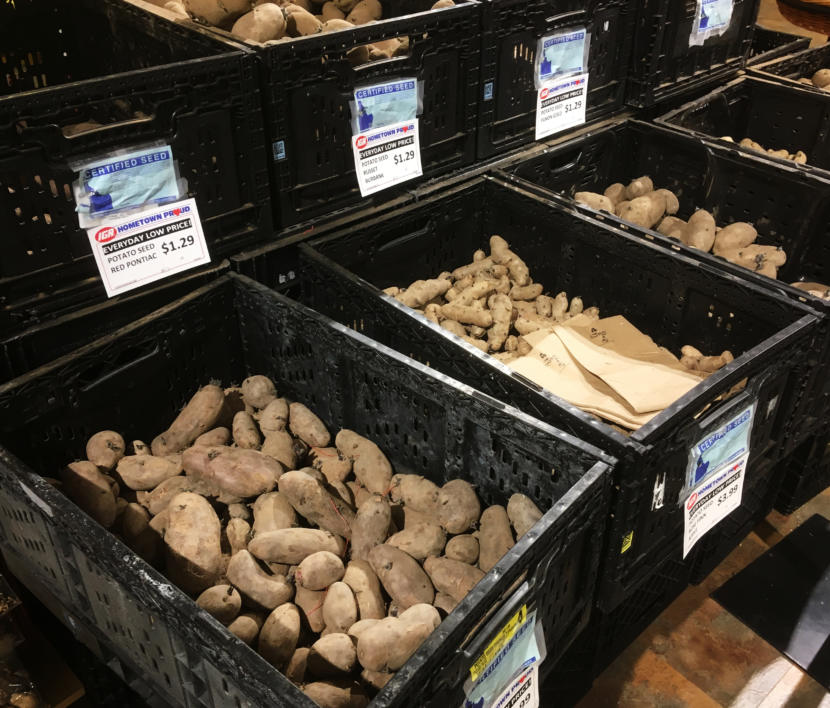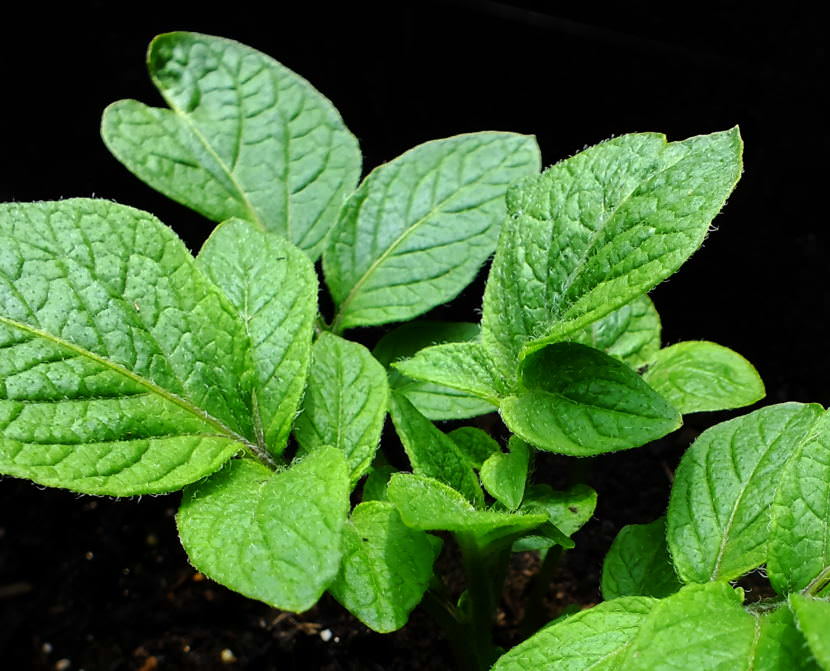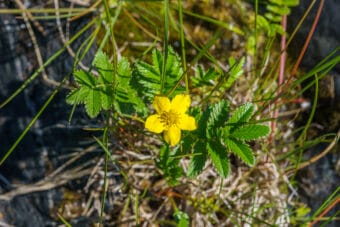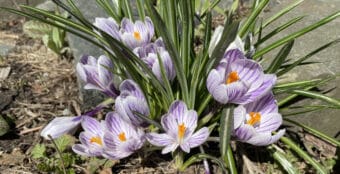
In what is now Peru, the Inca people discovered how to domesticate a local root vegetable as early as 10,000 years ago. During what was called The Columbian Exchange, the potato eventually made its way to Europe, transported there by colonizers returning home.
The potato became a relatively easy-to-grow food staple ending the routine famines of the Middle Ages and prompting the rise of European empires. The potato’s increasing popularity was later traced to touching off the modern agriculture and pesticide industries.
In the very first edition of Gardentalk for the 2021 season, Master Gardener Ed Buyarski explains that gardeners should only buy Alaska-certified seed potatoes, which already have been inspected for potential disease and pests before they are sold by retailers.
Buyarski said potatoes sold in grocery stores for eating are not inspected for such diseases because they don’t normally affect appearance or taste. But they can affect long-term growth.
“The issue there is contaminating your soil with diseases that might come in,” Buyarski said.
But if you have a cooking potato that has been sprouting because it was forgotten and left in the pantry, Buyarski said you might be able to avoid any contamination by snapping off and planting just the sprout.
You can grow potatoes in large containers or grow bags with good drainage. Start by putting in a few inches of soil and then some fertilizer. The potato seed pieces should be cut up so they have at least one or two eyes for each piece. Plant the seed piece and then just barely cover with soil. Cover the planting container with clear plastic to warm up the soil.
For in-ground garden boxes or plots with good drainage, Buyarski recommends digging a trench about 6-8 inches deep, sprinkle in some fertilizer, and then plant the seeds about a foot apart. Barely cover the seeds with soil and then cover with clear plastic.
As the potato seedling grows every 2-3 inches, gently hill it or add more soil around it so that the seedling is just barely covered.
“I’ll usually try to leave just the little green tips showing,” Buyarski said. “But they just want to keep growing up.”
Also, here’s a reminder to avoid planting potatoes in the same container or garden plot that you planted them during the previous season. Rotating your crops every two to three years helps prevent disease build-up and depletion of the same nutrients.




